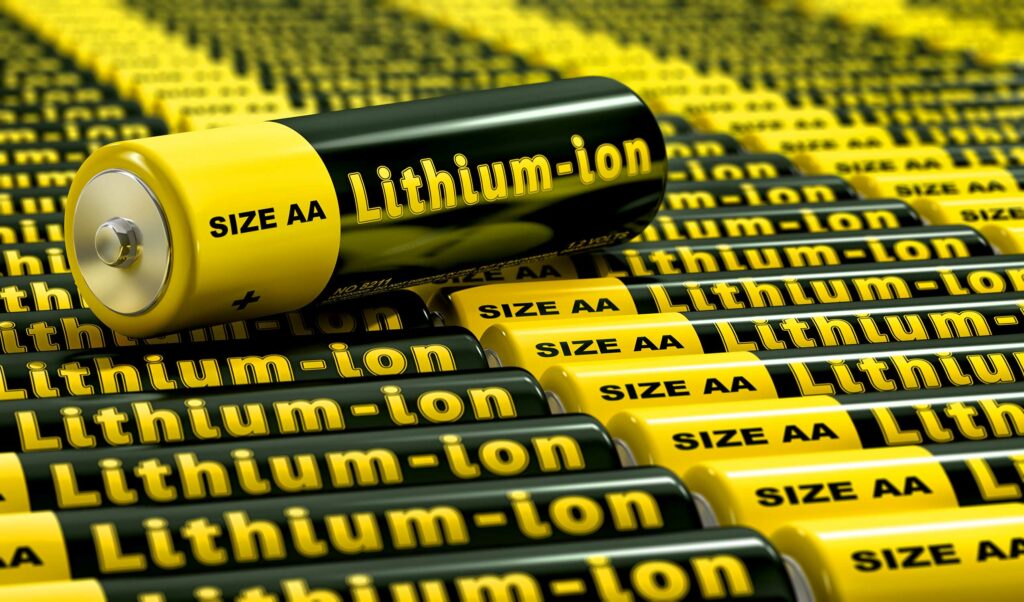Dangerous goods in the children’s room. Why toys are increasingly appearing on dangerous goods lists.

Increasingly, not only consumer advocates but also safety experts in the logistics industry are warning against dangerous toys. This often involves cheap toys made in China. The gateway for dangerous toys is the de minimis rules or the import rules for low-value shipments, i.e. for goods that are smuggled past customs controls.
IMDG has tightened the transport conditions for the dangerous goods charcoal

In the seven years between 2015 and 2022, at least 68 fires were documented on ships that were caused by the transportation of charcoal. The International Maritime Organization IMO has now reacted and made important changes to the IMDG Code. In future, charcoal must be declared and transported as class 4.2 dangerous goods without exception.
New ECHA CHEM online database launched

The European Union has been taking care of the central collection of chemicals since 2016. The European Chemicals Agency ECHA has set up a central online platform for this purpose. It lists all registered substances and also provides a lot of additional information on handling chemicals. However, after six years, the underlying technical platform was no longer able to cope with the enormous data volumes of more than 360,000 chemicals. That is why the European Chemicals Agency announced a new system as early as 2022. The new version went online a few weeks ago, specifically on January 30, 2024.
Dangerous goods logistics is a question of trust

A few days ago, I met with Oliver Oestreich, COO of the Leschaco Group, to discuss current challenges in dangerous goods logistics. The first part was about developments in specialty chemicals, globalization, logistics software and important certificates for logisticians. The second part is all about knowledge management, battery logistics and the future market of waste logistics.
Dangerous goods logistics is a question of competence and trust

Oliver Oestreich has been a member of the Leschaco Group’s management team since 2003. As Chief Operating Officer (COO), he is responsible for the global sea freight forwarding business, sales in the chemical and automotive sectors and for quality management, environment, compliance and safety. He knows the challenges of dangerous goods logistics, their development over the past twenty years, but also the current trends like few others in the international logistics industry. In April 2024, he will retire after a long career. He has already been preparing his successor Nils Fahrenholz for his new tasks for several months. For the dangerous goods logistics blog, Oliver Oestreich took the time to talk to Michael Kausch in detail about the current challenges in dangerous goods logistics and the most important markets.
Lithium batteries – An IATA white paper on the transportation of dangerous goods by air

Lithium batteries are dangerous goods. We have known this since the catastrophe of the transport ship “Felicity Age“, which sank in the waters of the North Atlantic off the Azores in spring 2022 after a major fire, presumably after a lithium-ion battery in the cargo caught fire. Shipping accidents involving lithium batteries almost regularly fill the leading media and the books of insurance companies. But of course aviation logistics is also concerned with the risks posed by batteries. The International Air Transport Association (IATA) has now published a white paper with the attractive title “Make Lithium Batteries safe to ship”. The paper deals with incidents involving lithium batteries and ways to make battery logistics in air transportation safer. We have taken a look at this document for the readers of Leschaco’s dangerous goods blog.
Lithium-ion batteries are dangerous goods and require special precautions for safety during sea transport

Lithium batteries are dangerous goods. We have known this since the catastrophe of the transport ship “Felicity Age”, which sank in the waters of the North Atlantic off the Azores in spring 2022 after a major fire, presumably after a lithium-ion battery caught fire in the cargo. Shipping accidents involving lithium batteries almost regularly fill the leading media and the books of insurance companies. But of course, aviation logistics is also concerned with the risks posed by batteries. The International Air Transport Association IATA has now published a white paper with the attractive title “Make Lithium Batteries safe to ship”. The paper deals with incidents involving lithium batteries and ways to make battery logistics in air transport safer. We have taken a look at this document for the readers of Leschaco’s dangerous goods blog.
How the UN’s model regulations are moving the dangerous goods world

How the UN’s model regulations are moving the dangerous goods world <strong>Currently, the United Nations Model Regulations for the Transport of Dangerous Goods are in their 23rd revision. A committee of experts of the United Nations Economic and Social Council has been developing these “UN Recommendations on the Transport of Dangerous Goods” (TDG) for decades: […]
Smart storage for electric vehicles: Trends in battery development

Smart storage for electric vehicles: Trends in battery development Electromobility is bringing momentum to the energy transition and is one of its key factors. For a long time, the short range of e-vehicles and the inadequate charging infrastructure held back broader social acceptance. Step by step, however, it is arriving: in automotive manufacturing, on the […]
REACH – Getting the chemistry right in dangerous goods logistics

REACH – Getting the chemistry right in dangerous goods logistics October 14, 2022 is an important day for the international transport of dangerous chemical goods. On this day, the latest revision of the EU Regulation on Registration, Evaluation, Authorization and Restriction of Chemicals enters into force. This regulation is known under the label REACH. What […]
